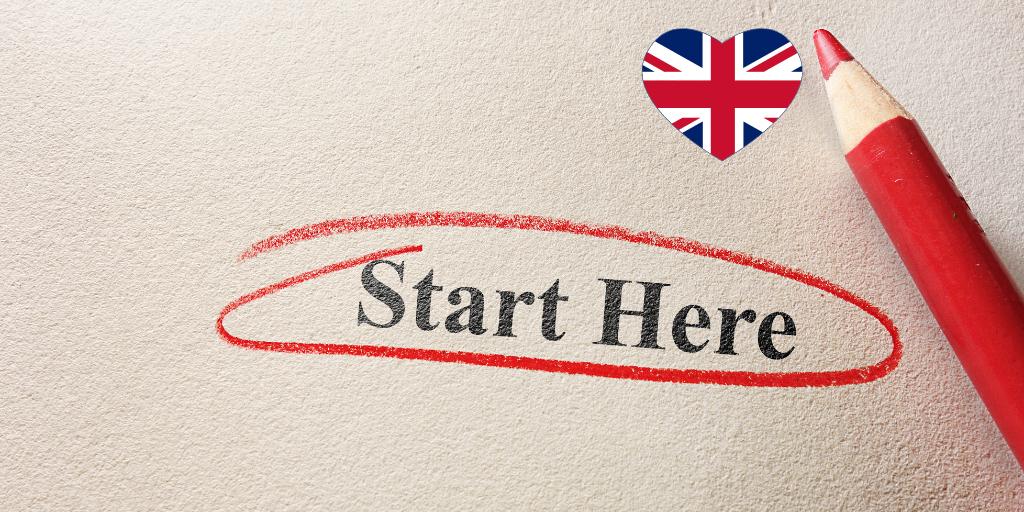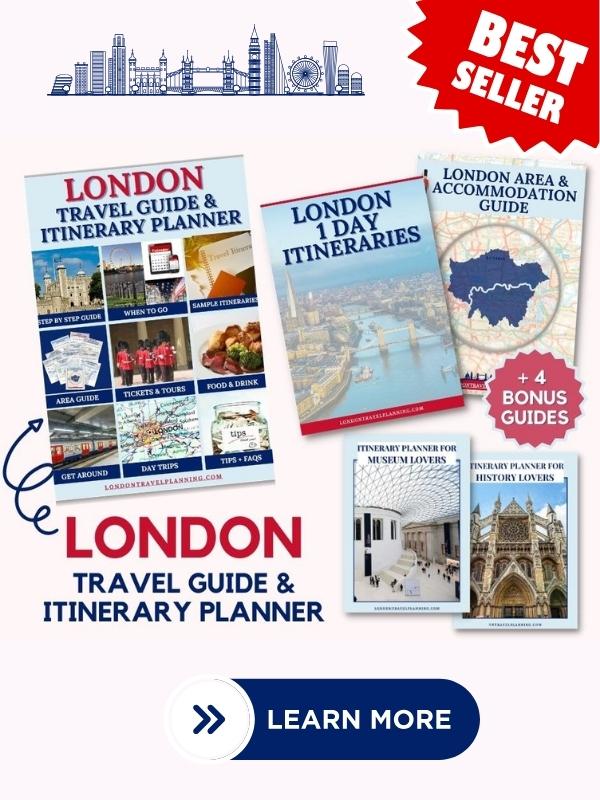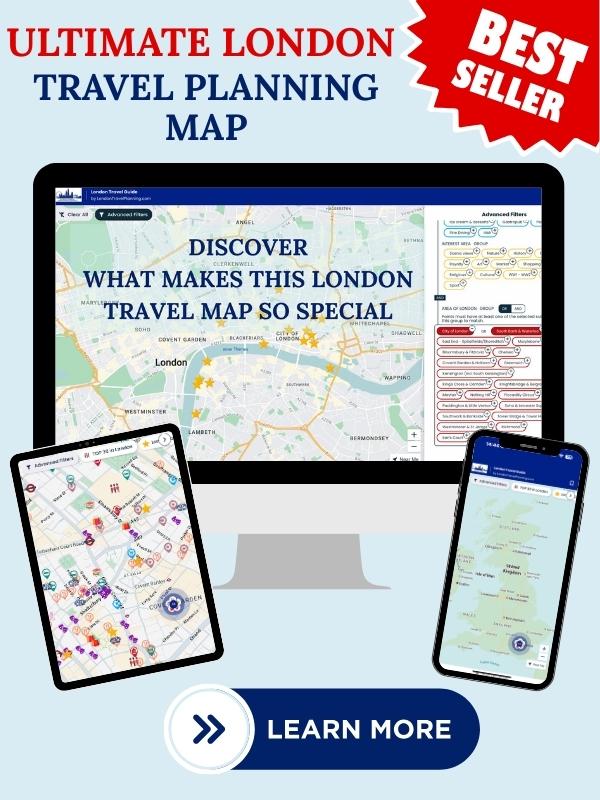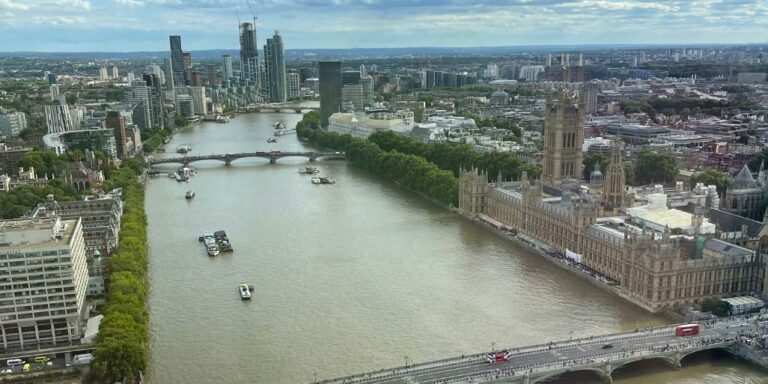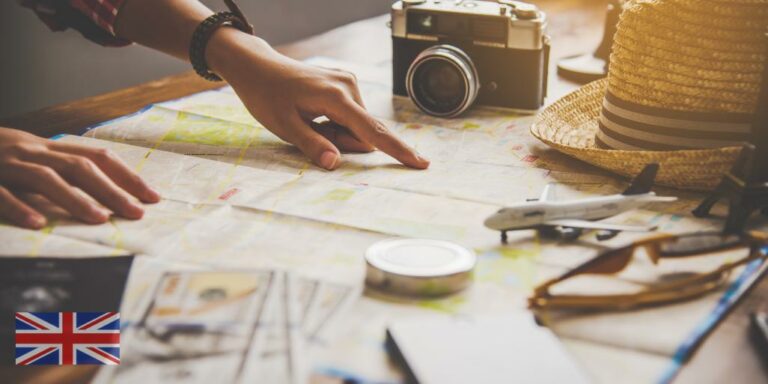Visiting London? Start Here
Planning the trip of a lifetime to London, but not sure where to start?
This general overview will guide you through everything you should know before spending time in London.
Read on to find out about:
- Entry requirements
- What to pack
- London Transport
- Weather
- Itinerary planning
- Where to stay
- Saving money…
…and so much more!
Facebook Group
Why not join our free Facebook group to whet your appetite for your London trip? You can connect with us and other travellers, pick up tips, and even see other members’ photos!
Also, sign up for our newsletter, which is full of information and will keep you up to date with everything related to UK travel planning!
London podcasts
If you like to listen, you can also check out our London podcasts, as part of the UK Travel Planning podcast.
Popular pages
This site is packed with help, hints and tips to make your London trip go oh-so smoothly. Some of the most popular pages are:
Passport or ID card
Your passport will be checked when you enter the UK. It should be valid for at least the entire duration of your stay. Alternatively, some people can use an Irish passport card or a national identity card to enter the UK, if this was issued by Iceland, Liechtenstein, Norway, Switzerland, or an EU country. Do check this carefully before travelling, as conditions apply.
Visas
Whether or not you need a visa depends on your nationality. If you do, this may be an electronic travel authorisation (ETA), Find out if you need a visa or ETA here.
Covid-19
No passenger locator forms or COVID-19 tests apply to those entering the UK, whether you’re vaccinated or not.
Conditions of entry
When entering the UK, you may be asked to show that:
- You’re visiting as a tourist
- You can fund your whole stay and onward journey
- You have accommodation arranged
- You plan to leave the UK
Greenwich Mean Time
London uses the same time zone as the rest of the UK – Greenwich Mean Time (GMT). This is sometimes known as Western European Time, or UTC.
British Summer Time
From spring to autumn, British Summer Time (BST, or Western European Summer Time) is used for daylight saving. This is one hour ahead of GMT, and often expressed as GMT+1.
Travel insurance
Never, ever travel without an insurance policy that covers your entire trip. Also make sure that it covers everything you want to do – such as any adventure activities.
Emergency numbers
The number for ambulances, the fire service, and the police is 999. You can also use 112, which is the pan-European emergency number.
In life-threatening situations, hospital Accident and Emergency Departments are open 24 hours a day. Ask at your hotel – or a passer-by – to find the nearest.
If you get sick but it isn’t an emergency, it’s best to call your travel insurance provider for advice on how to proceed.
Public Transport
Transport for London (TfL) is responsible for the vast majority of London Transport. This includes tubes, trains, trams, buses, and even bikes. It also covers river transport, such as the Thames Uber boats, and the IFS Cloud Cable Car.
Driving in London
TfL is also responsible for the Congestion Charge. That and the lack of parking are good reasons not to drive in London. If you want to hire a car elsewhere in the UK, listen to our driving in the UK podcast.
There are so many useful apps you can download for your trip to London and the rest of the UK. These include transport apps, ride hailing apps, tourist apps, food apps, and practical apps.
Discover the best London apps here, and more UK apps including adventure, accommodation, and parking here.
If you can’t leave your bags at your accommodation and don’t want to carry it around with you all day, then don’t worry! There are plenty of places to store luggage in London.
As well as hotels, the options include specialist companies, airports and stations, and museums and attractions. Find out more about leaving luggage in London.
While your London packing list will depend on the season, the duration of your stay, and what you plan to do, there are certain essentials we really don’t recommend leaving home without!
These include (but are not limited to) the following:
- Theft-proof cross-body bag
- Comfortable footwear
- Packable rain jacket
- Travel umbrella
- Lots of layers
- Power bank
- Phone lanyard
- Travel adapter
- Sunglasses and sunhat in summer…
- …or scarf, hat and gloves in winter
For more, check out our complete London packing and what to wear list.
Currency
The UK currency is pounds sterling (£). Not the Euro – the UK has never used the Euro, nor the US dollar.
100 pence (commonly written or spoken as “p”) equals one pound. Coins come in 1p, 2p, 5p, 10p, 20p, 50p, £1, and £2 denominations. Banknotes come as £5, £10, £20, or £50.
Notes are now made from polymer. If you have any paper ones you cannot use, they can be swapped at some banks and post offices, and always with the Bank of England on Threadneedle Street in London.
Card payments
Card payments are widely accepted in the UK. The most common are Mastercard and Visa. American Express is accepted in many places, but not all.
Since Covid-19, increasing numbers of UK businesses only accept card payments. So it’s best to make sure you have some sort of debit or credit card you can use before leaving. Telling your bank you’ll be travelling is also a good idea, so they don’t block your account due to suspected fraud.
Check carefully regarding any applicable fees for foreign currency transactions. We can recommend the Wise card, which we use due to the lower fees charged.
Contactless payments for amounts under £100, and the chip and PIN system, are used throughout the UK.
Cash
It’s always wise to carry some cash for tips, small purchases – and when technology fails! You may occasionally come across small businesses that only accept cash payments, too.
While there’s no denying that London is an expensive city, there are lots of ways in which to save money.
Planning ahead is one of the best ways to spend less in London. London tourist passes like the London Pass can make attractions more affordable.
You can also make the most of many free places to go in London. A walk in the park costs nothing, and you visit many top London museums without paying entry fees.
To get great value for money, check out the recommended suppliers on our Travel Deals page.
You’ll more than likely need it to keep in touch with friends and family back home, take photos, store apps and tickets, and more. So the good news is, yes, you can use your smartphone in London!
You can either use international roaming, or you can buy a SIM card for your trip.
The former is convenient, and your phone will probably connect to the local network automatically when you switch it on. However, it can also be very expensive. Check with your provider first if you want to know costs.
If you want to explore the option of buying a SIM, check out our ultimate guide to WiFi and SIM cards for London and the UK
When you arrive in, and are departing from, the UK, you can use public transport to get from the airport to your accommodation. Or you could book a private transfer. We don’t recommend driving in London.
Transport services vary according to the airport, but include the tube from Heathrow to central London, the Heathrow and Gatwick Express services, and more. Most international travellers arrive at Heathrow.
The easiest and most comfortable way to travel is to book a private transfer. The cost per head can be very affordable, too, when a few of you are travelling.
We cannot recommend Riz and XFA Cars highly enough, for the most friendly and professional service in the city! For more on this, take a look at our page on London airport transfers.
Whether you’re planning a full-on tour of the UK, or to escape the city by taking a day trip or two, there are plenty of appealing places to visit beyond London.
Some of the most popular which aren’t too far away include Stonehenge, the Cotswolds, Windsor, Bath, and the Harry Potter Studios.
Further-flung locations include Liverpool, Edinburgh, and even Paris. Find more UK day trip destination inspiration on our Beyond London page.
If you’re wondering where to stay in London, then our number one tip is to stay as central as possible. This will save you time, and money on travel costs. It’s just so much more convenient, and means you can pack more into every precious moment.
Areas to stay include the West End, the City of London area, the South Bank, Kensington and Chelsea, Greenwich, the East End, Camden, Oxford Street, Westminster, Soho, Notting Hill, and more.
Read all about it in our London accommodation and areas guide.
Where to go and what to do in London is very much a personal choice. It’s also very much dependent on your timeframe.
Our suggested itineraries are here to help. These cover set durations, such as 1, 2, or 5 days, or focus on an area of interest, such as history or museums.
Find out more on our London itineraries page.
London is a pretty safe place overall, but of course as a big city, crime does exist. Opportunists such as pickpockets are a risk, particularly in crowded areas. Wearing a theft-proof, cross-body bag can help.
You can lock up items like your passport, laptops, and valuable watches and jewellery in your hotel safe for peace of mind. Though it’s far from uncommon for residents and visitors to wear designer watches or diamond jewellery without any problems. Never leave expensive items unattended and out on display – such as in a parked car.
If you’re out alone after dark, stick to busy areas rather than heading down a dark side street. In short, exercise the same common sense and caution that you would anywhere, and you have a very good chance of running into no trouble whatsoever.
Read more – Tips for staying safe in London
Restrictions apply to what you can bring into the UK. Any of the following must therefore be declared when you arrive.
- Tax-free goods exceeding your personal allowance
- Items you plan to sell
- Over EUR 10,000 in cash, unless you’re travelling within the EU
- Banned or restricted goods – including food
Food
Food can come under the banner of banned and restricted goods. We are asked about this one a lot in our Facebook group!
Dairy products and meat from most non-EU countries are banned, and will be seized upon arrival. Food and plants are also subject to restrictions. These should only be for your own use, free from disease and pesticides, and grown within the EU.
Find out more here.
Tipping practices in the UK differ from the US. While tipping is not expected here is a quick guide if you would like to tip:
- Restaurants: Many restaurants add a 12.5% service charge to the bill*. If not leave a 10-15% tip for good service.
- Pubs: Do not tip when ordering from the bar. For table service add an optional 10% to the bill (if not already added)
- Taxis: Round up to the nearest pound or add 10-15%.
- Hotels: Tip porters £1- £2 per bag and housekeepers £1-£2 per night.
- Concierge: Tip £5-£10 for special services or arrangements.
- Tour Guides: Tip £5-£10 per person for a half-day tour, and £10-£20 per person for a full-day tour.
*Always check your bill to see if a service charge is included before tipping.
The UK has a mild maritime climate. While it can rain a lot, and the weather can change very quickly, there are few extremes in terms of temperature or storms.
London is a year-round destination. It can be hot and stuffy in summer, and very chilly in winter, but will mostly be somewhere between these two extremes.
Tourist numbers might also affect when you want to visit. These peak in July, August, and December.
Visit our When to Visit page to read our seasonal and monthly guides to London.
How far ahead do you need to book for your trip? Never fear, for we have a dedicated article on booking ahead for London. This complete guide covers accommodation, flights, car rental, attractions, restaurants, train tickets, and tours. And if you are exploring more of the UK we also have a dedicated ‘How far ahead should I book for the UK?’ post too!

